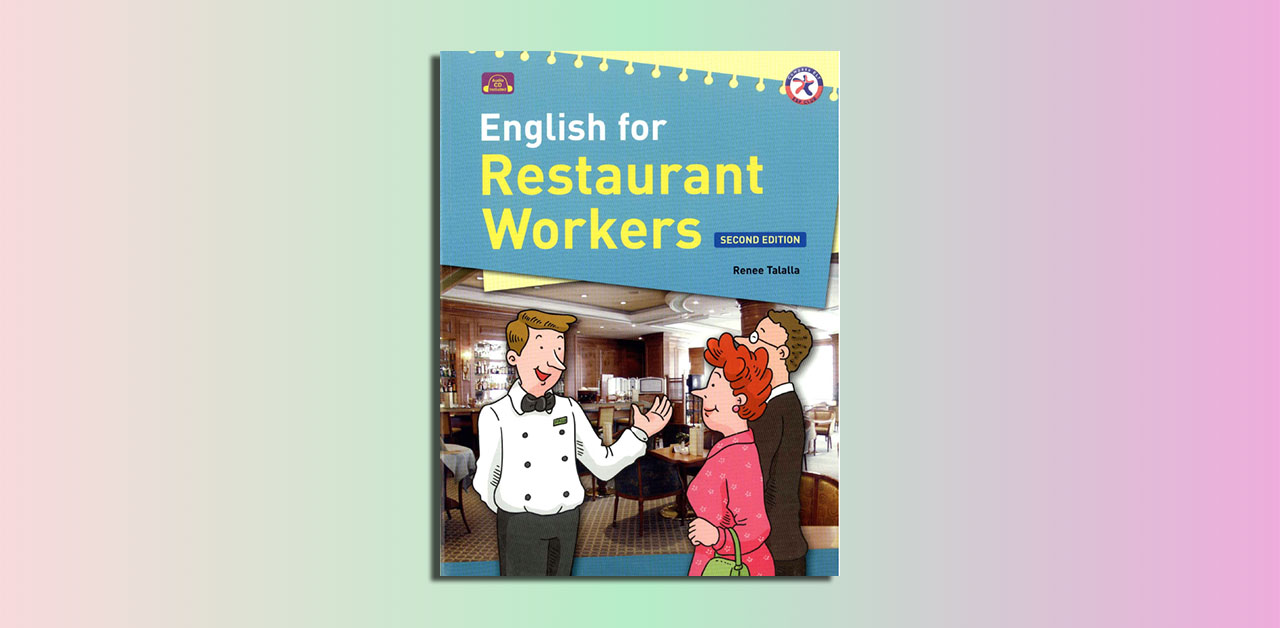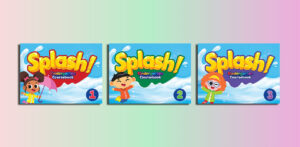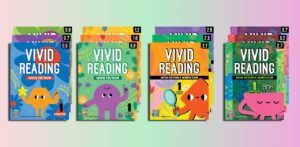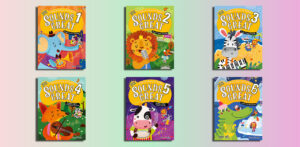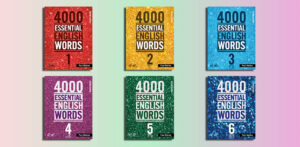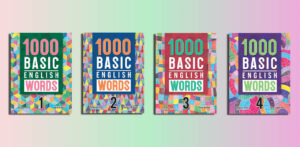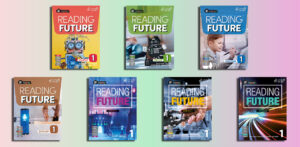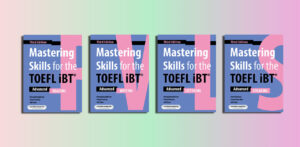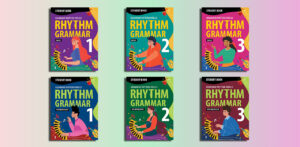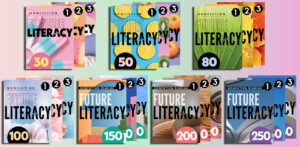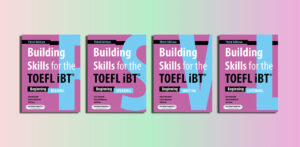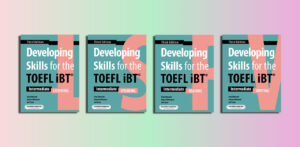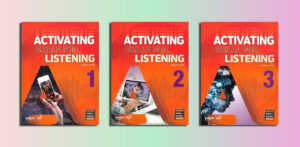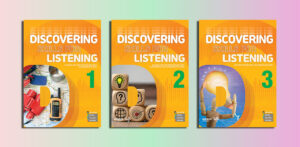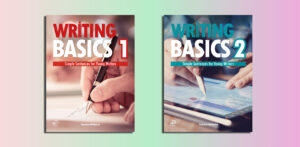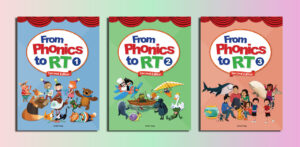English for Restaurant Workers Second Edition (Pdf Resources)
English for Restaurant Workers 2e Student Book.pdf – Sample: Click
Audio
| Name | Price | Buy |
|---|---|---|
| English for Restaurant Workers 2Ed (PDFs, Resources) | $5 |
Overview of “English for Restaurant Workers” by Compass Publishing
Contents
- 1 Overview of “English for Restaurant Workers” by Compass Publishing
- 2 Who is suitable for “English for Restaurant Workers”?
- 3 The benefits of “English for Restaurant Workers”
- 4 Effective learning strategies for “English for Restaurant Workers”
- 5 Effective teaching strategies for “English for Restaurant Workers”
| ✅ Coursebook: | English for Restaurant Workers |
| ✅ Author: | Renee Talalla |
| ✅ Publisher: | Compass Publishing |
| ✅ Levels: | B1, B1+ |
| ✅ English type: | American English |
“English for Restaurant Workers” published by Compass Publishing, is a specialized language learning resource designed for trainee waiters, waitresses, and trainers in the restaurant and catering industry. Authored by Renee Talalla, with contributions from Casey Malarcher in its second edition, this post-elementary course targets learners at the B1 to B1+ level on the Common European Framework of Reference (CEFR). It aims to equip restaurant workers with the essential English vocabulary and practical skills needed for their field.
The book adopts a unique picture-based format, making it accessible and engaging for learners. Each unit typically spans four pages, with the first two illustrating specific restaurant tasks—such as taking reservations, seating guests, or serving meals—through step-by-step visuals accompanied by captions. These visuals highlight key vocabulary, including job-specific verbs and nouns, while “Key Vocabulary” boxes and “For Special Attention” sections provide deeper explanations of important terms, idioms, and phrases. The following two pages offer exercises, word puzzles, and role-plays to reinforce the material, ensuring learners can practice and solidify their understanding.
Key features include its focus on context-specific language, common phrases, and expressions frequently used in restaurant settings. It also serves as a basic reference for restaurant-related topics, covering equipment, cooking methods, beverages (alcoholic and non-alcoholic), and various meats and vegetables. The second edition, published in 2008, includes a free audio CD with dialogs for each chapter, enhancing listening skills, along with an answer key for the exercises. The book concludes with a glossary of job-related terms and appendices detailing staff duties.
Overall, it reflects standard practices in international Western-style restaurants, offering a comprehensive and user-friendly learning experience.
Who is suitable for “English for Restaurant Workers”?
“English for Restaurant Workers” by Compass Publishing is suitable for a specific group of learners within the hospitality industry. It is primarily designed for:
- Trainee Waiters and Waitresses: Individuals new to the restaurant industry who need to develop the English language skills necessary for interacting with customers, taking orders, and performing service-related tasks effectively.
- Restaurant Staff with Limited English Proficiency: Non-native English speakers working in or aspiring to work in Western-style restaurants, particularly where American English is the standard, who require job-specific vocabulary and phrases to communicate with guests and colleagues.
- Trainers and Instructors: Professionals in the catering and restaurant industry who teach or onboard new staff and need a structured, practical resource to guide language training.
- English Language Learners at B1 to B1+ Level: The book targets learners at a post-elementary to intermediate level on the CEFR scale, meaning it’s ideal for those who have a basic grasp of English but need to expand their skills for workplace contexts.
- Hospitality Students: Individuals enrolled in vocational or educational programs related to hospitality and food service who want to enhance their employability with targeted language skills.
The book’s picture-based approach, practical exercises, and focus on real-world restaurant scenarios make it particularly well-suited for visual learners and those who benefit from hands-on, context-driven learning. It’s less appropriate for absolute beginners in English or advanced learners seeking complex grammar or unrelated professional skills. Essentially, it’s tailored for anyone in or entering the restaurant industry who needs to master the functional English used in customer-facing roles.
The benefits of “English for Restaurant Workers”
“English for Restaurant Workers” by Compass Publishing offers several benefits tailored to its target audience of trainee waiters, waitresses, and restaurant staff. Here’s a breakdown of its key advantages:
- Job-Specific Language Mastery: The book focuses on vocabulary, phrases, and expressions directly relevant to restaurant work—such as taking orders, seating guests, and describing menu items—enabling learners to communicate effectively in real-world job situations.
- Practical Skill Development: Through step-by-step visuals, role-plays, and exercises, it provides hands-on practice that mirrors actual tasks in a restaurant, helping learners build confidence and competence in customer interactions.
- Enhanced Listening Skills: The included audio CD features dialogs for each chapter, allowing learners to improve their listening comprehension and familiarize themselves with natural speech patterns and pronunciation used in restaurant settings.
- Engaging and Accessible Format: Its unique picture-based approach simplifies complex concepts, making it ideal for visual learners and those with limited English proficiency, while keeping the material engaging with puzzles and interactive activities.
- Comprehensive Coverage: It serves as a mini-reference guide, covering essential topics like restaurant equipment, cooking methods, beverage types, and staff duties, providing a well-rounded foundation for the industry.
- Improved Employability: For non-native speakers or trainees, mastering the American English used in Western-style restaurants can boost job prospects and performance, especially in international or tourist-heavy environments.
- Support for Trainers: Instructors benefit from its structured lessons, answer key, and clear progression, making it easier to teach or onboard staff efficiently.
- Reinforcement and Retention: The combination of visual aids, key vocabulary highlights, and varied exercises (e.g., word searches, fill-ins) reinforces learning, helping learners retain information long-term.
Overall, the book bridges the gap between general English and the specialized language of restaurant work, offering a practical, user-friendly tool that enhances both communication skills and professional readiness in the hospitality industry.
English for Restaurant Workers 2e Student Book
Effective learning strategies for “English for Restaurant Workers”
To maximize the benefits of “English for Restaurant Workers” by Compass Publishing, learners can adopt the following effective strategies tailored to its structure and content:
Leverage the Picture-Based Format:
- Study the visuals in each unit closely to connect images with vocabulary and phrases. For example, when learning about “taking reservations,” trace the steps in the illustrations while repeating the captions aloud to reinforce comprehension and pronunciation.
Active Listening with the Audio CD:
- Listen to the dialogs multiple times—first to understand the gist, then to focus on specific words or phrases. Mimic the speakers to practice intonation and fluency, pausing to repeat sentences until they feel natural.
Practice Role-Plays Regularly:
- Pair up with a study partner or instructor to act out the role-plays provided in each unit. Simulate real restaurant scenarios (e.g., seating a guest or handling a complaint) to build confidence and apply vocabulary in context.
Chunk Learning by Unit:
- Focus on one unit at a time, mastering the key vocabulary, phrases, and tasks before moving on. Review the “Key Vocabulary” boxes and “For Special Attention” sections daily to solidify tricky terms or idioms.
Engage with Exercises Actively:
- Complete the word puzzles, fill-ins, and matching tasks diligently, treating them as games to make retention fun. Check answers with the provided key, and revisit mistakes to understand errors.
Create Flashcards:
- Write down key terms (e.g., “appetizer,” “entrée,” “bill”) and their meanings or sample sentences from the glossary on flashcards. Test yourself regularly, especially on job-specific verbs like “serve,” “clear,” or “recommend.”
Apply Learning in Real Settings:
- If possible, practice the language in a restaurant environment—whether shadowing staff, volunteering, or working. Use phrases like “Would you like to start with drinks?” directly with customers or peers to test fluency.
Supplement with Contextual Exposure:
- Watch videos or TV shows about restaurants (e.g., cooking shows or service documentaries) to hear the vocabulary in action. Note how terms from the book are used naturally and compare them to the dialogs.
Review and Reflect:
- At the end of each week, revisit completed units, re-listen to the audio, and redo exercises to assess progress. Keep a journal of new words or phrases mastered and any challenges to discuss with a trainer or study group.
Group Study for Interaction:
- Form a small study group with other learners or coworkers to discuss units, quiz each other on vocabulary, and perform role-plays. This fosters collaboration and mimics the teamwork of a restaurant setting.
By combining these strategies, learners can fully utilize the book’s practical design—visuals, audio, and exercises—to build a strong, functional command of English for restaurant work. Consistency and real-world application are key to turning the material into second-nature skills.
Effective teaching strategies for “English for Restaurant Workers”
Teaching “English for Restaurant Workers” by Compass Publishing effectively requires strategies that align with its practical, job-specific focus and picture-based format. Here’s a set of approaches for instructors or trainers to optimize learning outcomes:
Start with Contextual Warm-Ups:
- Begin each session with a brief discussion or activity tied to the unit’s theme (e.g., “What do you say when a customer arrives?”). Use real restaurant props—like menus or trays—to activate prior knowledge and set the stage.
Maximize Visual Learning:
- Use the book’s illustrations as a springboard. Project or display the step-by-step visuals and guide students through them, eliciting vocabulary and phrases as a group. Ask questions like, “What’s happening here?” to encourage active engagement.
Incorporate the Audio CD Interactively:
- Play the dialogs in segments, pausing to check comprehension (“What did the waiter offer?”). Have students repeat after the audio to practice pronunciation, then pair them to recreate the dialog without the recording.
Facilitate Realistic Role-Plays:
- Assign roles (e.g., waiter, customer) and use the book’s role-play exercises as scripts, gradually encouraging improvisation. Set up a mock restaurant corner in the classroom with tables and props to simulate a workplace environment.
Break Down Units into Mini-Lessons:
- Divide each four-page unit into manageable chunks: one session for vocabulary and visuals, another for exercises, and a third for role-plays. Highlight the “Key Vocabulary” and “For Special Attention” sections to clarify tricky terms or cultural nuances.
Use Task-Based Learning:
- Design tasks mirroring restaurant duties, such as “Take a customer’s order” or “Explain a menu item,” using the book’s content. Assess students on accuracy and fluency, providing feedback tied to real-world applicability.
Encourage Peer Teaching:
- Assign stronger students or those with restaurant experience to explain terms or demonstrate tasks (e.g., folding a napkin) to peers. This builds confidence and reinforces learning through teaching.
Gamify Exercises:
- Turn the book’s word puzzles and matching activities into team competitions with small rewards. For example, time students on a vocabulary scavenger hunt using the glossary, making repetition enjoyable.
Supplement with Real-World Materials:
- Bring in actual restaurant menus, order pads, or videos of service interactions to connect the book’s language to tangible examples. Compare these to the text to show variations and build adaptability.
Provide Structured Feedback:
- After role-plays or exercises, offer specific praise (e.g., “Great use of ‘Would you like…’”) and corrections (e.g., “Try ‘Here’s your check’ instead of ‘This is bill’”). Record common errors to revisit in future lessons.
Integrate Group Projects:
- Assign a culminating task, like creating a short skit of a full restaurant shift using multiple units’ vocabulary. This encourages collaboration and synthesis of skills across chapters.
Adapt to Learner Needs:
- Tailor pacing and focus based on students’ levels or roles (e.g., more time on beverages for bar staff). Use the appendices on staff duties to customize lessons for specific job functions.
By blending these strategies, instructors can harness the book’s strengths—its visuals, audio, and practical exercises—to create an immersive, interactive classroom experience. The goal is to bridge textbook learning with on-the-job readiness, ensuring students can confidently apply English in a restaurant setting.


